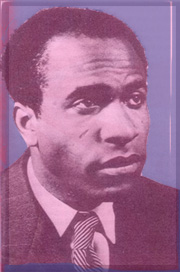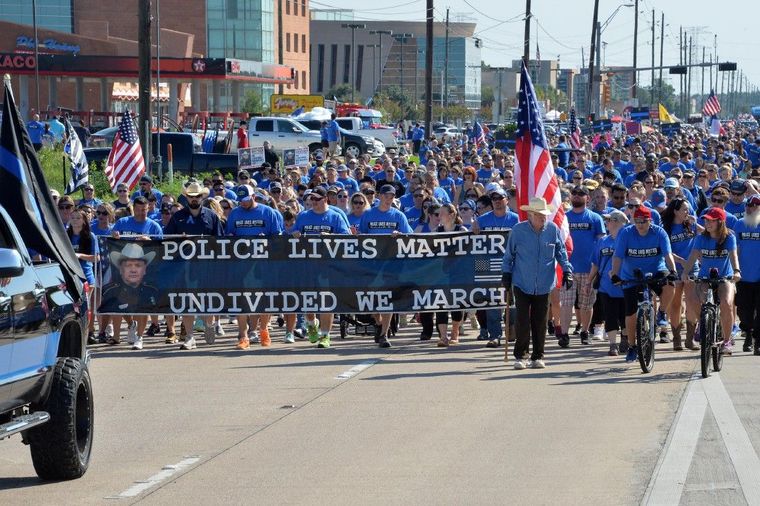 It is a peculiar sensation, this double-consciousness, this sense of always looking at one’s self through the eyes of others
It is a peculiar sensation, this double-consciousness, this sense of always looking at one’s self through the eyes of others
– W.E.B Du Bois, The Souls of Black Folks
He who is reluctant to recognize me is against me
– Frantz Fanon, Black Skin, White Masks
We declare our right on this earth to be a man, to be a human being, to be respected as a human being, to be given the rights of a human being in this society, on this earth, in this day, which we intend to bring into existence by any means necessary
— Malcolm X, Speech at the Founding of the OAAU
Frantz Fanon is one of the most important 20th century thinkers on race, and any serious theory and strategy dealing with the reality of race has to grapple with his work.[1] At the same time, Fanon remains one of the most misunderstood revolutionary thinkers. Part of the reason lies in the hybrid nature of his work, which draws from, among other fields of knowledge, philosophy, psychiatry, literature, anthropology and marxism. Another reason for the conflicting interpretation of his work may be the conditions under which his writings were produced, often addressing the immediate theoretical issues of the day, whether in France, Algeria, the Caribbean, or the anti-colonial struggles in Africa. Further, dying of leukemia at the young age of 36, Fanon was robbed of the opportunity to more fully develop and synthesize his diverse and fragmented work.
During his lifetime, Fanon was first and foremost known as an associate of the FLN, the leading party of the Algerian Revolution, a proponent of the Algerian Revolution as a model of anti-colonial revolution, and a critic of the emerging national bourgeoisie. In addition, Fanon fostered relationships with French intellectuals, most famously Jean-Paul Sartre and Simone de Beauvoir. However, Fanon’s work was never widely known in his lifetime in France, or, more broadly, in the metropoles.
It was not until Les Damnés del la terre was translated into English in 1965 as The Wretched of the Earth that Fanon reached a wider audience. The emergence of nationalist and Third Worldist movements, both globally and in the “Western” countries, meant new life for Fanon’s work, as these movements drew on his work in various ways. Wretched of the Earth was at the center of this Fanon revival, while other important works, such as Black Skin, White Masks, were relatively ignored. Later, after these movements subsided, Fanon was the subject of intense appropriation and critique within American universities. The different moments and places in the reception and interpretation of his work meant that Fanon has been interpreted in widely different, and contradictory ways.
The purpose of this essay is to briefly examine some of the core tenets of Fanon’s understanding of race, and it by no means provides an exhaustive account of his work.[2] Important areas of his writing are left untouched, as is most of the historical context. Instead, this essay explores some of the key categories and methodology Fanon uses in his analysis of race, with the aim of drawing out some of the lines in his thought. A particular emphasis is placed on his concept of racial alienation. The hope is to encourage others to take up Fanon, or engage with those who have already done so, as one step in the necessary reconstruction of a revolutionary theory of race and white supremacy for today.
The notes below approach the question primarily through a close reading of the important chapter in Black Skin, White Masks, “The Lived Experience of the Black Man,” although other parts of his work are touched on. This chapter is important because it lays out his core concepts of racial alienation and its self-abolition.
Continue reading Fanon and the Theory of Race →







